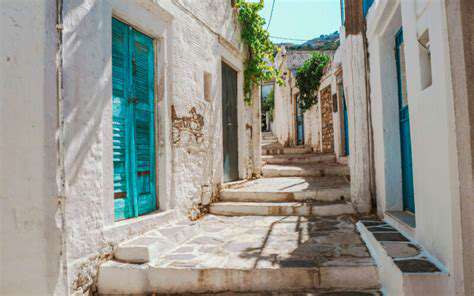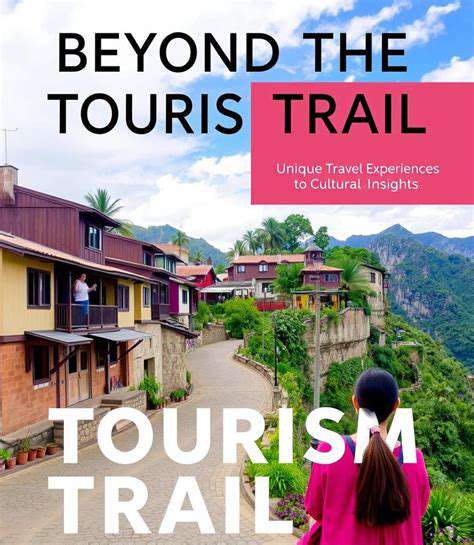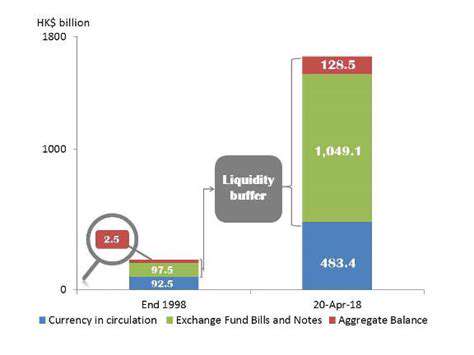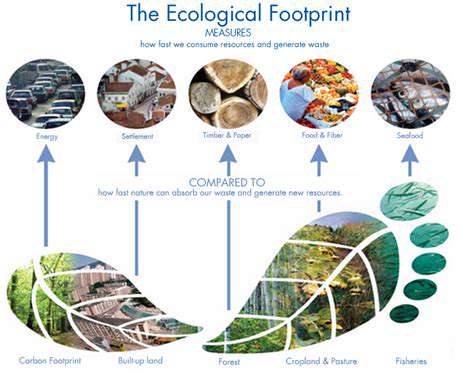Things to Do in Mexico City Off the Beaten Path

Beyond the Tourist Trail: Unveiling Authentic Experiences
Stepping beyond the bustling Zocalo, visitors encounter a world where cobblestone streets whisper stories of generations past. The air carries the scent of freshly ground corn from tortillerías, mingling with the vibrant hues of handwoven textiles displayed in family-owned shops. Here, time seems to slow as artisans shape clay with techniques unchanged since pre-Hispanic times. These living traditions offer more than souvenirs - they're windows into Mexico's soul.
Midday finds locals gathering at fondas tucked behind unassuming facades, where abuelas stir pots of mole that have simmered for hours. Unlike the hurried service of tourist restaurants, meals here unfold at a leisurely pace, with conversations flowing as freely as the café de olla. This rhythm of daily life reveals the true heartbeat of Mexico City, far removed from the staged performances of central plazas.
Delving into Local Traditions and Customs
Sunday mornings transform the Jardín Centenario into a tapestry of community life. Families gather to hear mariachis while children chase bubbles between the wrought-iron benches. Nearby, the Mercado de Artesanías buzzes with vendors explaining the symbolism behind alebrijes - those fantastical creatures carved from copal wood. One maker demonstrates how his grandfather taught him to mix natural pigments from crushed insects and minerals.
At dusk, the scent of copal incense drifts from neighborhood capillas where residents maintain the ancient practice of velaciones. These intimate observances, blending Catholic and indigenous traditions, showcase Mexico's remarkable cultural synthesis. Visitors who respectfully observe these rituals often find themselves invited to share pan de muerto during Día de los Muertos preparations.
Uncovering Hidden Gems and Local Businesses
A rusted metal door on Calle Fernández Leal opens to reveal Taller de Cerámica Suro, where third-generation potters fire pieces in a massive brick kiln. The owner's hands, etched with clay, move with precision as he explains the difference between Talavera and Majolica techniques. Down the street, Librería El Pendulo's creaking wood floors lead to a hidden café where intellectuals debate over churros con chocolate.
These unassuming establishments preserve Coyoacán's bohemian spirit that once attracted artists like Frida Kahlo and Diego Rivera. Purchasing a hand-thrown mug or vintage book here directly supports families maintaining cultural heritage against rising rents and chain stores.
Experiencing the Everyday Rhythms of Life
Morning in Coyoacán begins with the clatter of milk bottles as lecheros make their deliveries by bicycle. Schoolchildren in plaid uniforms stop to pat the stray dogs that locals collectively care for. At the lavandería pública, women exchange gossip while scrubbing clothes in concrete basins, their laughter echoing off pastel-colored walls.
These ordinary moments reveal the neighborhood's social fabric - where a nod to the newspaper vendor leads to recommendations for the best tamal stand, and where elderly neighbors keep watch over playing children. Such unscripted interactions offer travelers something no guided tour can replicate: genuine connection.
Connecting with the Local Community
Thursday evenings find the Plaza Santa Catarina transformed by a spontaneous danzón gathering. Silver-haired couples demonstrate the elegant steps to curious visitors, their movements telling stories of youth in 1950s Mexico City. Nearby, the weekly tianguis (open-air market) becomes a culinary classroom as vendors explain how to identify the ripest tejocotes or proper way to eat huitlacoche.
These exchanges transcend transactional tourism, creating reciprocal relationships where visitors gain insight while respecting local ways. The abuela teaching tortilla-making expects genuine interest, not just Instagram content. When approached with humility, such interactions blossom into the kind of cross-cultural understanding that changes perspectives.
Immerse Yourself in the Culinary Delights of Roma Norte
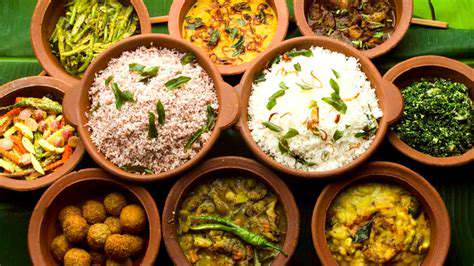
Embark on a Culinary Journey
Roma Norte's dining scene unfolds like a complex mole sauce - layered, surprising, and deeply satisfying. At Mercado Medellín, the morning chorus of ¡Lleve sus nopales! (Take your cactus paddles!) competes with the sizzle of chicharrón in comals. This market remains the neighborhood's culinary compass, where chefs and home cooks alike debate which stall sells the creamiest avocados.
By afternoon, the scent of fresh bolillos leads to Panadería Rosetta, where the croissants incorporate unexpected ingredients like guava and Oaxacan cheese. The bakery's success lies not in following trends, but in perfecting techniques brought from France generations ago while adding distinctly Mexican twists.
Discover Diverse Culinary Traditions
At Expendio de Maíz Sin Nombre, corn takes center stage in a constantly changing menu based on what's harvested that morning. The chef might demonstrate how ancestral nixtamalization transforms hard kernels into pliable masa, then shape it before your eyes into blue-corn tlacoyos topped with squash blossoms. This edible education reveals why corn isn't just an ingredient in Mexico - it's sacred sustenance, with over sixty native varieties still cultivated.
Meanwhile, on Calle Orizaba, Lebanese immigrants have shared their culinary heritage through kibis (fried bulgur wheat snacks) since the 1930s. Their stands represent just one thread in Roma Norte's rich gastronomic tapestry, where migration stories simmer in every pot.
Master the Art of Culinary Presentation
Rosetta restaurant elevates plating to high art, arranging huitlacoche-stuffed morels like miniature forests on hand-painted Puebla ceramics. Yet equally stunning are the humble presentations at Fonda Fina, where chef Yuri de Gortari insists the true beauty lies in authenticity - serving beans in the same glazed clay cazuelas his grandmother used.
In Roma Norte, presentation honors ingredients' inherent beauty rather than masking it. Even street food becomes art when a skilled tlacoyo vendor layers vibrant toppings with the precision of a painter, creating edible color wheels of nopales, salsa verde, and queso fresco.
The Science Behind Delicious Food
At Pujol's research kitchen, chefs experiment with controlled fermentation of ancestral ingredients like axayácatl (water boatman eggs). Their discoveries influence menus across the city, proving traditional knowledge often aligns with modern food science. Nearby, Buna Café's baristas explain how altitude affects coffee bean density while preparing pour-overs that highlight single-origin characteristics.
This neighborhood celebrates Mexico's culinary legacy not as frozen tradition, but as living innovation. When a mezcalería pairs spirits with orange slices dusted with sal de gusano (worm salt), they're continuing a centuries-old dialogue between flavor and chemistry.
Explore Seasonal Ingredients
September brings the annual chilacayote squash harvest, inspiring chefs to reinvent this pre-Hispanic ingredient. You might find it candied in dulces de convento at Dulcería de Celaya, or transformed into floral agua fresca at nevería La Especial. Come October, restaurants compete to create the most memorable chiles en nogada, their walnut sauce and pomegranate seeds mirroring the Mexican flag.
Following these seasonal cycles connects diners to Mexico's agricultural calendar and culinary heritage. The brief appearance of huevos de hormiga (ant eggs) each spring sparks menus celebrating this ancient protein source, while December's ponche navideño blends seasonal fruits with cinnamon-scented warmth.
Unleash Your Inner Chef
Casa Jacaranda's cooking classes begin at dawn in the mercado, where students learn to select ingredients by smell and texture. Back in the kitchen, they grind spices on metates (stone mortars), discovering how subtle variations in technique affect flavor. These hands-on lessons reveal that Mexican cooking relies less on rigid recipes than on sensory knowledge passed through generations.
Even casual visitors can participate through experiences like tortilla-making at Mercado Roma, where mistakes become part of the fun. The real lesson? Perfection matters less than the joy of creating and sharing food together.
Share Your Culinary Adventures
At Café Avellaneda, the communal table invites conversations between locals and travelers comparing food discoveries. Notebooks circulate for guests to sketch memorable dishes or jot down recommendations - one visitor's sketch of a taco al pastor inspired the cafe's monthly draw your dinner event. This spontaneous exchange epitomizes Roma Norte's culinary community, where passion for food bridges languages and cultures.
Evening finds food lovers trading stories at Licorería Limantour's bar, where mezcal flights become catalysts for sharing travel tales. The bartender might interrupt to demonstrate how the mineral content of different terroirs affects the spirit's smokiness, sparking new appreciation for Mexico's diverse landscapes.
Discover the Artistic Flair of San Rafael

Unveiling the Artistic Soul of San Francisco
San Francisco's artistic legacy pulses through neighborhoods like San Rafael, where converted Victorian homes shelter studios preserving the city's creative DNA. The clatter of a manual printing press at Arion Press contrasts with digital artists' silent tablets at Gray Area Foundation, representing the district's embrace of both heritage and innovation. This coexistence defines San Francisco's art scene - where 19th-century techniques inform 21st-century expression.
Sunday afternoons bring spontaneous performances to Duboce Park, where avant-garde dancers interpret the cable cars' rhythmic clangs. These uncurated moments reveal how the city's infrastructure itself inspires artistic response, blurring lines between urban environment and creative canvas.
Immersive Art Experiences in the City's Heart
The Minnesota Street Project complex exemplifies San Francisco's artistic ecosystem, housing galleries alongside conservation labs and artist residencies. Visitors might witness a textile conservator repairing a 1930s Diego Rivera mural study while, downstairs, a VR artist tests an interactive installation. This collision of preservation and experimentation creates a dynamic dialogue about art's evolving role in society.
Nearby, the 1892-built Mechanic's Institute Library hosts monthly book autopsy workshops where participants create art from deaccessioned volumes. Such programs reflect the city's tradition of repurposing - whether industrial spaces into galleries or discarded objects into masterpieces.
The Flourishing Street Art Scene
Clarion Alley's ever-changing murals serve as visual petitions, commemorating lost community spaces or protesting tech-driven displacement. Local artists repaint sections monthly, creating a living archive of neighborhood concerns. This tradition of activist art traces back to the 1970s, when the Mujeres Muralistas collective transformed walls into platforms for marginalized voices.
Even utility boxes become canvases for intricate paste-ups, like one depicting a hummingbird constructed from circuit boards - a poignant commentary on nature and technology's uneasy coexistence in Silicon Valley's shadow.
Galleries and Studios Reflecting Diverse Voices
At the Chinese Culture Center, exhibitions explore diasporic identity through mediums like jook-sing (bamboo ceiling) installations. Meanwhile, Galería de la Raza's Día de los Muertos altar exhibition invites community contributions, blending professional and folk art traditions. These spaces challenge the white cube gallery model, creating culturally specific contexts for artistic expression.
In backyard studios across the Mission, printmakers preserve the labor-intensive processes of the Taller de Gráfica Popular, proving that in an age of digital reproduction, the physicality of art still matters.
The Impact of Art on the City's Identity
The 2019 closure of the iconic Artists' Television Access venue sparked citywide protests, demonstrating how deeply San Franciscans value their creative spaces. This activism led to new policies protecting cultural districts, ensuring artists can afford to live where they work. Such battles reveal art's central role in the city's self-conception - not as decoration, but as essential civic infrastructure.
Even the annual Art in Storefronts program, which places installations in vacant retail windows, serves dual purposes: beautifying neighborhoods while highlighting commercial space unaffordability.
The Evolution of Artistic Trends
San Francisco's current art scene grapples with tech's influence, as seen in exhibitions exploring AI's creative potential at the Gray Area Foundation. Yet simultaneously, craft-based movements like urban knitting (yarn bombing) reclaim public spaces through tactile, human-scale interventions. This tension between digital and analog mirrors the city's larger identity crisis as it balances innovation with preservation.
The rise of guerrilla genealogy projects - where artists research and commemorate forgotten residents through sidewalk plaques - represents another trend: using art to combat historical erasure in a rapidly changing city.
The Role of Art in Community Building
Pre-pandemic, the monthly Art Walk transformed San Rafael's industrial alleys into festive gathering spaces, with gallery openings accompanied by tamale vendors and mariachi students. These events exemplified how art fosters social cohesion in a city often divided by economics. Creative placemaking initiatives have become vital tools for maintaining neighborhood character amid gentrification pressures.
At the Mission Cultural Center, intergenerational art classes pair immigrant elders with tech workers, creating unexpected connections through shared creativity. Such programs prove that in San Francisco, art remains the most powerful lingua franca.
![Planning a Family Camping Trip [Beginner's Guide]](/static/images/27/2025-04/MakingtheMostofYourCampingExperience.jpg)
